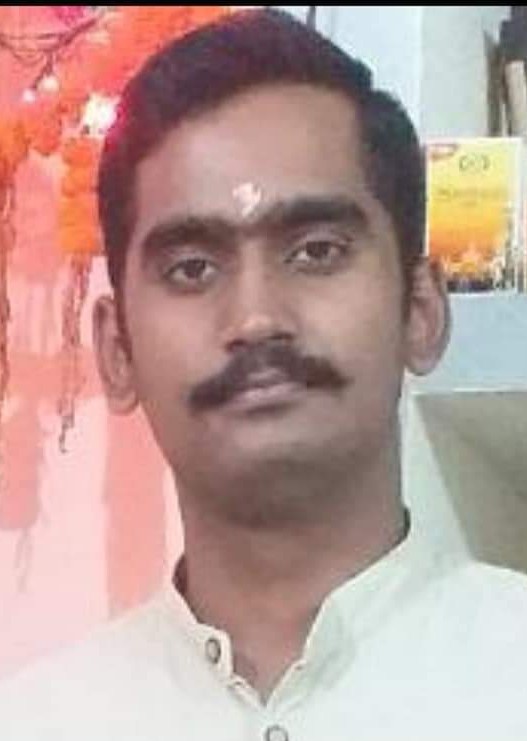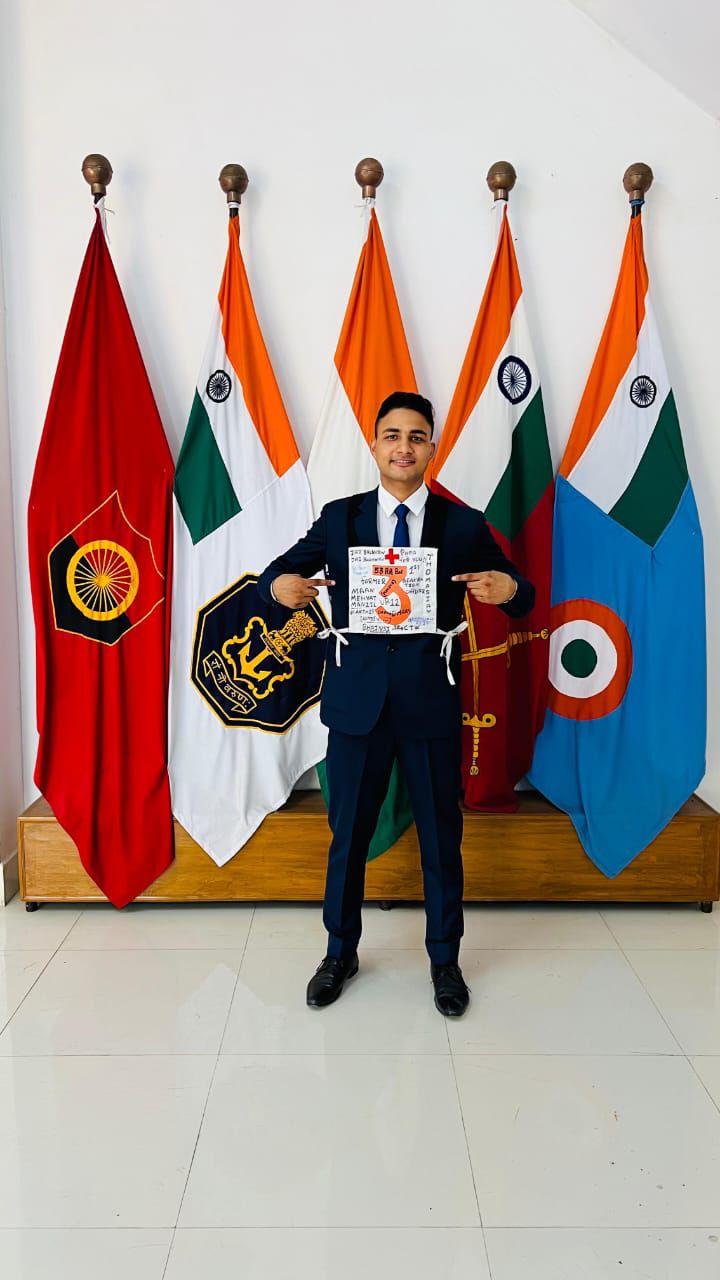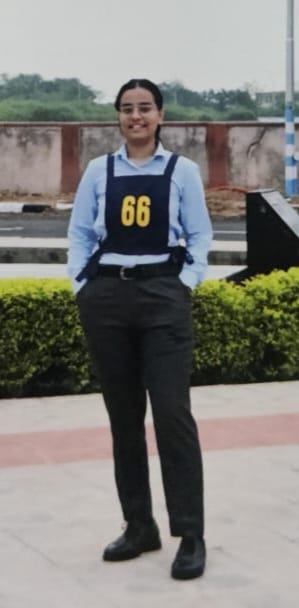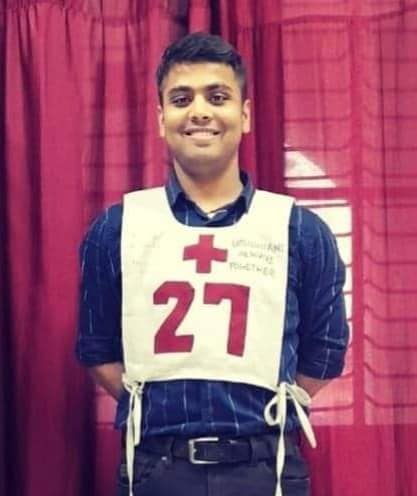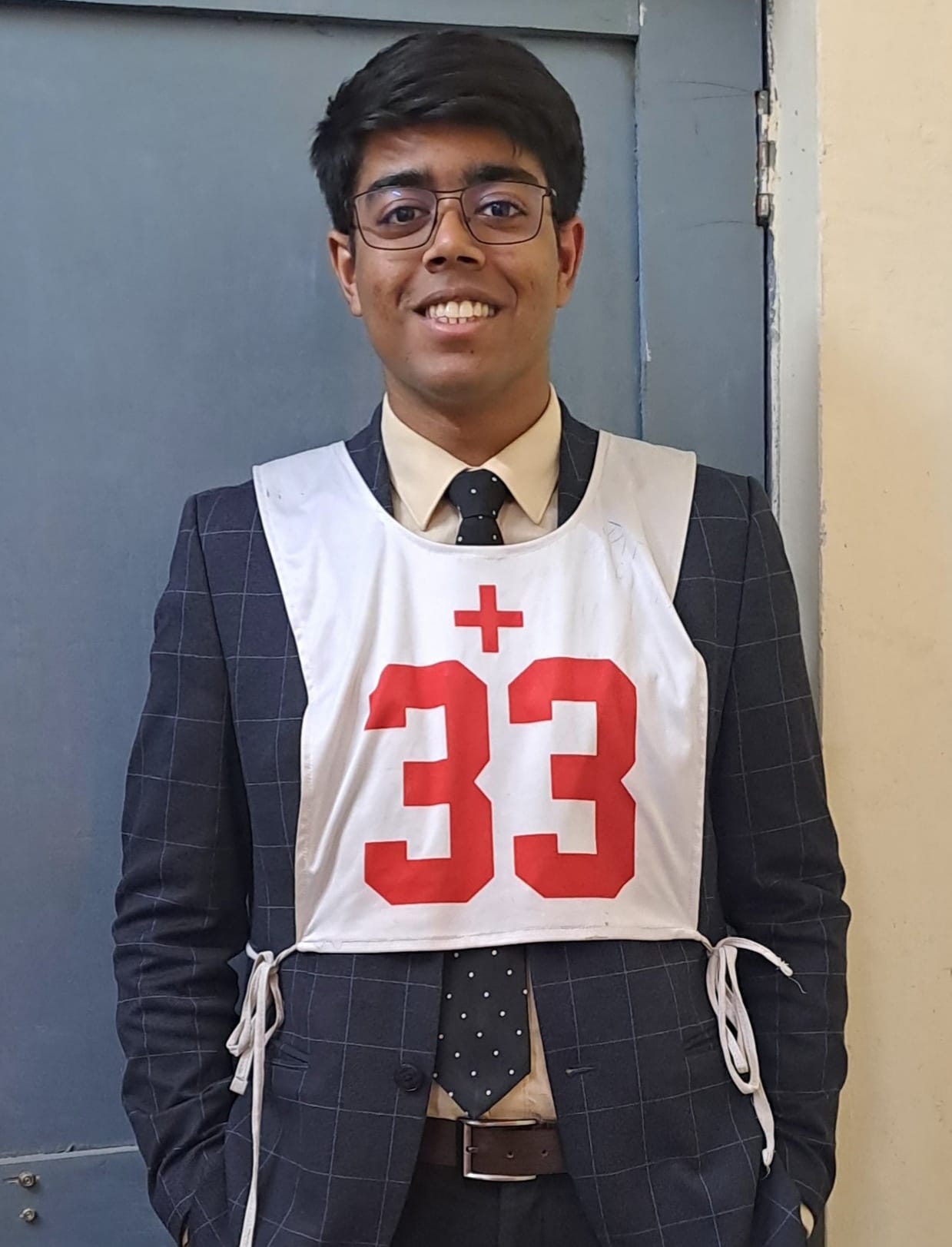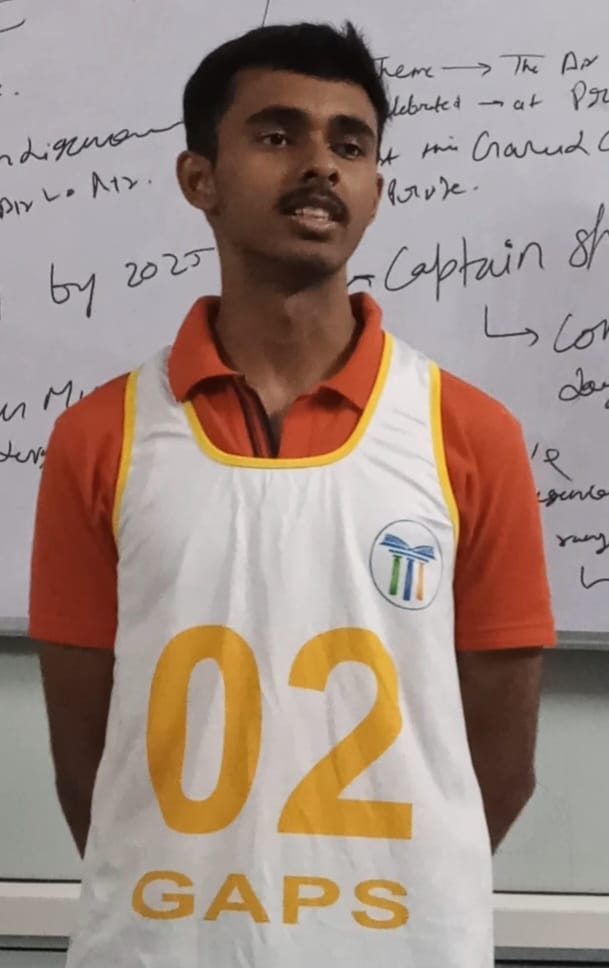“Hard Work, Will Power, and Dedication, for a person with these qualities, the sky's the limit”.
There’s no one who wouldn't understand the “Flying Sikh” reference when spoken to. Such is the glory and aura surrounding the man who recently made everyone teary-eyed with his sudden demise on June 18, 2021. Singh got admitted to the Fortis Hospital, Mohali on May 24, where he was stable for a while but later died due to pneumonia caused by Covid-19. Milkha Singh was not only a phenomenal athlete but also inspired many other athletes to realize their potential.
Born on 20 November 1929, in Govindpura, a village in Punjab which presently lies in Pakistan, Milkha Singh belonged to a Sikh family of Rathore Rajput origin. He was left parentless during the partition of India and while he escaped through the killings, making his way to India, he could never forget the grotesque killings he had witnessed. With whatever he had experienced, his life could have gone down the wrong path but, he chose to listen to his brother by attempting to join the Indian Army. When he was successful in doing so, got stationed at the Electrical Mechanical Engineering center and had his first exposure to Athletics. He finished sixth in a compulsory cross-country run and later acknowledged how the army introduced him to sports. He said, “I came from a remote village, I didn't know what running was, or the Olympics".
In 1958, during the National games of India, Singh set the record for 200m and 400m in the track and field sport. He went ahead and won a gold medal in a 450 yards competition during the Commonwealth Games with a record time of 46.6 seconds. From here he became invincible and participated in the Asian games of 1958 Tokyo and 1962 Jakarta. Persuaded by Jawaharlal Nehru in 1960 to race successfully against Abdul Khaliq in Pakistan, keeping aside his memories of partition of India brought him the name of 'The Flying Sikh.' He was awarded the Padma Shri, India's fourth-highest civilian honor, in recognition of his sporting achievements. His accomplishments include an impressive tally of 7 gold medals and a silver medal.
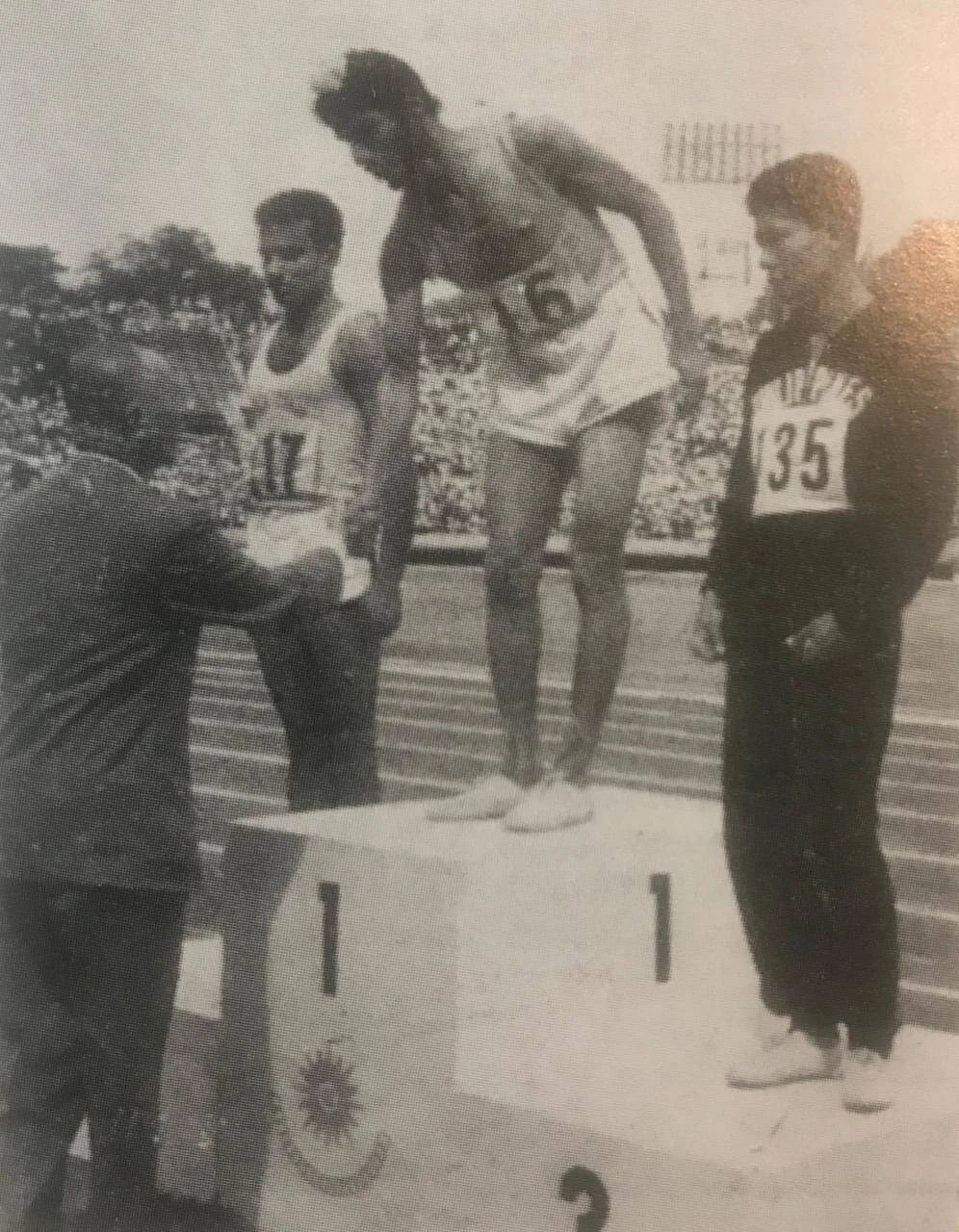
Image Source : Google (Caption: Singh receiving a gold medal after beating Abdul Khaliq in a 200 meter.)
After his success in the 1958 Asian Games, he was promoted from the rank of Sepoy to Junior Commissioned Officer. In 1962, he got married to Nirmal Saini, a former captain of the Indian Volleyball team. He had 3 daughters and a son from this marriage. It is important to note that in 1999, they adopted a seven-year-old son of Havildar Bikram Singh who had died in The Battle of Tiger Hill.
Later he became the Director of Sports in the Punjab ministry of education, where he retired in 1998. All of his medals have been donated to the nation. His autobiography “The Race of My Life” was published in 2013 and the book was caricatured in the movie Bhaag Milkha Bhaag that circled Singh’s life. The film was highly acclaimed in India and won several awards including the national film award for best popular film. A wax statue created by the sculptures of Madame Tussauds in London, in a running posture of Singh, was unveiled at Chandigarh in September 2017.
